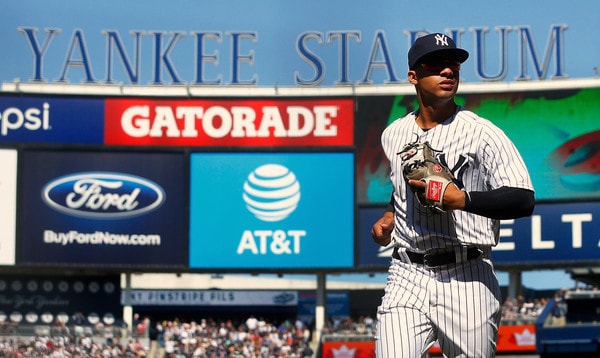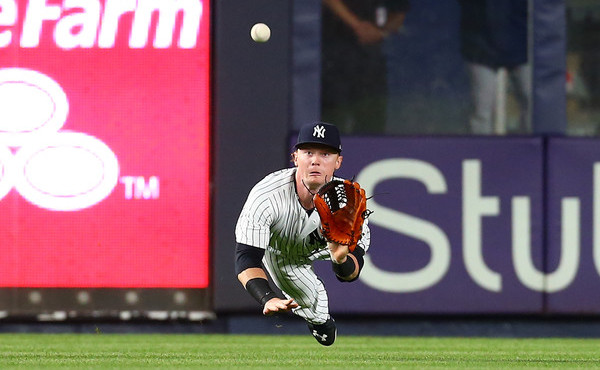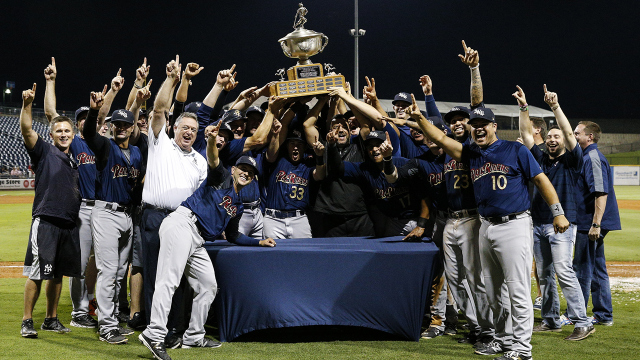
Up until about four years ago the Yankees had a thoroughly unproductive farm system that failed to produce low-cost complementary players, nevermind impact big leaguers. Brett Gardner and David Robertson were the best the farm system had to offer from 2006, the year after Robinson Cano arrived, to 2014, the year before Luis Severino arrived. Gardner and Robertson are forever cool with me, but yeah. The system was not productive.
The Yankees overhauled their player development system in 2014 and, since then, they’ve become a star factory. Severino in 2015, Gary Sanchez in 2016, Aaron Judge in 2017, Gleyber Torres and Miguel Andujar in 2018. Impact player after impact player. That doesn’t include guys like Chad Green, Jordan Montgomery, and Jonathan Holder either. The Yankees were desperate for a Montgomery type from 2006-14. Now he’s almost an afterthought.
Due to graduations and trades the Yankees currently have a weakened farm system that is heavy on pitching and heavy on players in the lower minors. It’s not a bad system, necessarily, it’s just short on potential impact talent close to the big leagues. The Yankees have a lot of high-end prospects below High Class-A, which is both exciting and scary. Exciting because another wave of talent is on the horizon. Scary because lower level prospects are high-risk.
This year’s top 30 prospects list includes eight teenagers. Last year’s had five. Eleven of last year’s top 30 prospects are not eligible for this year’s list. They’ve either graduated to the big leagues or are no longer in the organization. Four others dropped out of the top 30 for development/performance reasons. That means half the top 30 has turned over. Exciting! New names are fun. At the same time, it’s a reminder the great farm system of a year or two ago is no more.
I have now been ranking Yankees prospects here at RAB for 13 years (!) and I swear, it gets harder each year. The game is constantly changing and it can be difficult to keep up. Ranking prospects is all about preference. Upside or probability? Tools or performance? Everyone balances those things differently, and once you think you’ve figured it out, some prospect comes along and changes your mind. There is no correct way to rank prospects. Prospect lists are glorified opinion columns.
Obligatory reminder: I am not an expert and I most certainly am not a scout. I’m just a guy who reads a lot and has opinions, and has decided to share those opinions with you on my free-of-charge blog. I’m wrong about players and prospects all the time. I mean, all the time. I once ranked Aaron Judge as the fourth best outfield prospect in the system. True story. Make sure you bookmark this post and laugh at it repeatedly, otherwise what’s the point?
Anyway, all of my top 30 lists are right here. I use the MLB rookie limits of 130 at-bats and 50 innings to determine prospect eligibility. I don’t worry about service time because it’s too much of a headache to track. All headshots come from MLB.com or MiLB.com unless noted otherwise. This year’s top 30 prospects are after the jump. Enjoy.





